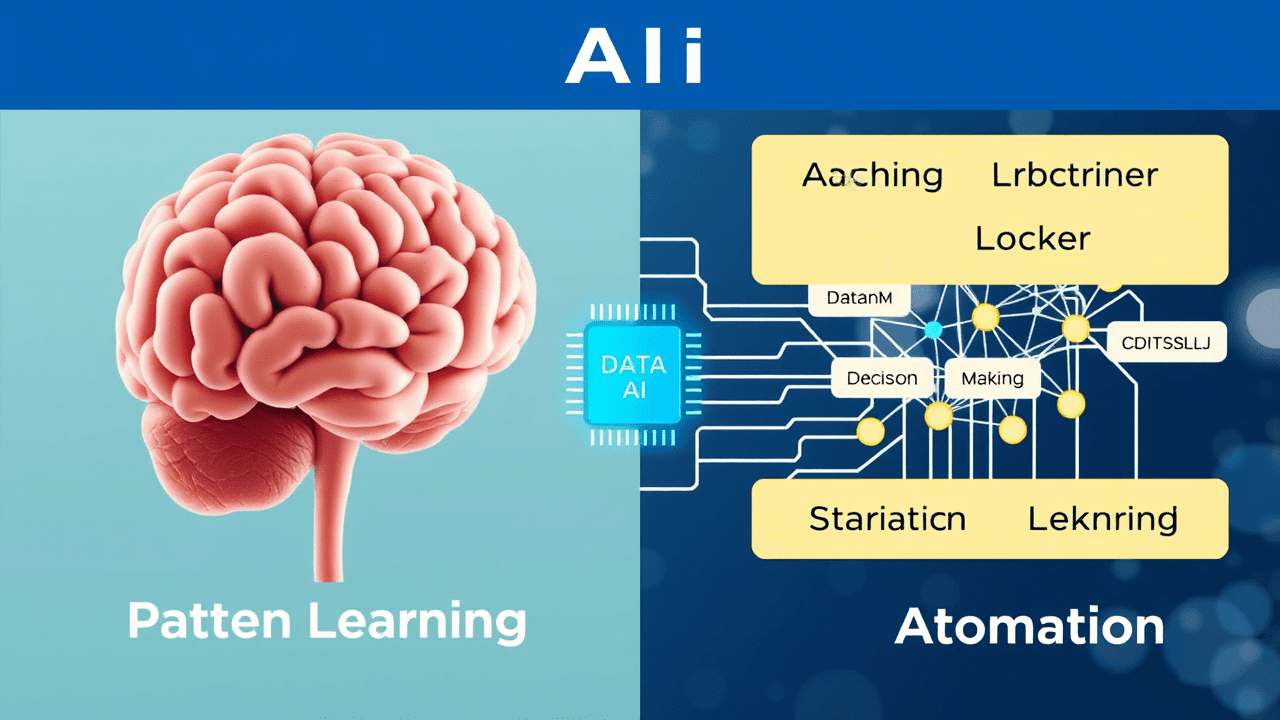Introduction: The New Frontier in Investing
Let me tell you something—I used to think investing was all about gut feelings, late-night research binges, and maybe a little luck. But then I discovered artificial intelligence (AI), and it completely changed the game for me. These days, everyone from hedge fund managers to everyday retail investors like myself is using AI to analyze markets, predict trends, and make smarter decisions. And honestly? It feels like having a super-smart assistant who never sleeps.
But what exactly are AI investment strategies, and how can they help you grow your wealth? In this post, I’ll walk you through everything I’ve learned about these cutting-edge approaches, including their benefits, risks, and how you can start using them responsibly. Whether you’re a seasoned investor or just dipping your toes into the stock market, trust me—this is worth paying attention to.
What Are AI Investment Strategies?
So, what makes AI investment strategies different from traditional ones? For starters, instead of relying solely on human intuition or manual analysis, AI uses advanced technologies like machine learning, natural language processing (NLP), and automation to process massive amounts of data and identify patterns that humans might miss.
Here’s how I think about it:
- Traditional Investing: You read reports, watch CNBC, and maybe follow some stock-picking gurus.
- AI-Powered Investing: Algorithms crunch millions of data points—from earnings reports to social media chatter—to spot opportunities faster than you ever could.
For example, while I might spend hours analyzing quarterly earnings calls, an AI tool could summarize key insights in seconds. That kind of efficiency is why smart investors (including me!) are turning to AI-based strategies.
Top AI-Powered Investment Approaches
Now let’s dive into the specific ways I’ve seen AI being used in investing. These approaches aren’t just theory—they’re already making waves in the financial world.
1. Quantitative Algorithmic Trading
This one fascinates me. Quantitative trading relies on algorithms to execute trades at lightning speed based on predefined rules. Think of it as setting up a robot trader that buys and sells stocks when certain conditions are met.
I’ve experimented with platforms that offer pre-built algos, and let me tell you, seeing trades happen automatically without emotional interference is incredibly freeing.
2. AI-Driven Portfolio Optimization
As someone who’s always tweaking my portfolio, I love this approach. AI analyzes historical data and current market conditions to suggest the best asset allocation for your goals. Instead of guessing which mix of stocks, bonds, and ETFs will work, I let AI do the heavy lifting.
3. Sentiment Analysis and Social Listening Tools
Have you ever wondered how much influence tweets or Reddit posts have on stock prices? With sentiment analysis tools, I can track public opinion about companies in real-time. For instance, if Elon Musk tweets about Tesla, AI helps me gauge whether it’ll impact the stock price positively or negatively.
4. Predictive Modeling for Market Trends
One of my favorite applications of AI is predictive modeling. By analyzing past market behavior, AI predicts future movements with impressive accuracy. While no system is perfect, I’ve found these models helpful for spotting potential entry and exit points.
Benefits of AI in Investment Management
Why am I so bullish on AI? Because the benefits speak for themselves:
- Data-Driven Decisions: No more guessing games. AI gives me hard evidence to back up my choices.
- Reduced Emotional Bias: Let’s face it—we’re all guilty of panic-selling during downturns. AI keeps emotions out of the equation.
- Faster and More Accurate Insights: When I need answers quickly, AI delivers insights in minutes instead of days.
Honestly, once you experience the clarity and speed AI brings to investing, going back feels impossible.
Risks and Limitations to Consider
That said, I’d be lying if I told you AI is foolproof. Here are a few challenges I’ve encountered along the way:
- Data Quality Challenges: Garbage in, garbage out. If the data feeding the algorithms is flawed, so are the results.
- Overfitting and Algorithm Bias: Sometimes, models perform well on historical data but fail miserably in real-world scenarios. I’ve learned to test rigorously before fully trusting any system.
- Regulatory and Ethical Concerns: As AI becomes more prevalent, regulators are starting to ask tough questions. I keep an eye on compliance issues to ensure I’m not stepping into murky waters.
Bottom line? AI is powerful, but it’s not infallible. Always double-check its recommendations with your own judgment.
How to Start Using AI for Investing
Ready to give AI a try? Here’s how I got started:
1. Best AI Tools and Platforms for Retail Investors
There are tons of great tools out there. Some of my favorites include:
- Robo-advisors like Betterment and Wealthfront for hands-off portfolio management.
- Trading platforms like Trade Ideas and Tickeron for algorithmic trading.
- Research tools like Sentieo for sentiment analysis and document parsing.
2. Working with Robo-Advisors vs. Building Your Own Models
If you’re new to AI investing, robo-advisors are a great place to start. They handle everything for you, from asset allocation to rebalancing. However, if you’re tech-savvy and enjoy tinkering, building your own models can be incredibly rewarding (and profitable).
3. Questions to Ask Before Trusting AI with Your Money
Before diving in, I always ask myself:
- Is this tool reliable?
- Does it align with my risk tolerance and goals?
- What safeguards are in place to prevent errors?
Case Studies: AI in Action
To show you how effective AI can be, here are two real-world examples I find inspiring:
- Hedge Funds Using AI: Firms like Renaissance Technologies use AI to achieve extraordinary returns. Their algorithms analyze vast datasets to uncover hidden opportunities.
- Retail Investor Success Story: A friend of mine started using a sentiment analysis tool to trade meme stocks during the pandemic. He made significant gains by identifying spikes in social media buzz before they hit mainstream news.
These stories remind me why AI is such a game-changer.
Conclusion: Embrace the AI Advantage (With Caution)
In conclusion, AI isn’t just a buzzword—it’s a transformative force in investing. From optimizing portfolios to predicting market trends, it offers tools that can enhance your decision-making process. But remember, it’s not a magic bullet. Use AI wisely, combine it with your own expertise, and always stay informed.
If you’re ready to take the leap, start small. Try a robo-advisor, experiment with free AI tools, or join online communities to learn from others. Trust me—the future of investing is here, and it’s powered by AI.
Final Thought: My Personal Takeaway
Investing with AI has been a game-changer for me. It’s taken the stress out of decision-making and given me access to insights I never thought possible. But I also know that success comes from blending technology with good old-fashioned common sense. So, embrace the AI advantage—but don’t forget to stay cautious and curious.











